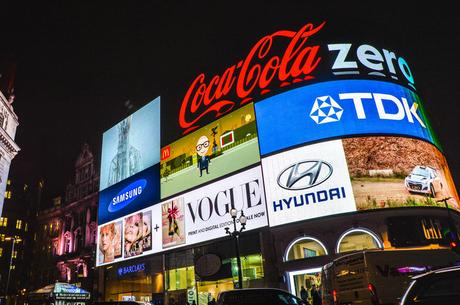

Quick quiz: Which of the following items are part of your company's brand identity? Logo, typography, company name, positioning statement, tagline, packaging, color palette? Answer: They all are.
Like a patchwork quilt sewn together to make something uniquely beautiful, the sum total of your corporate branding components should complement each other and send the right message to your customers, employees and partners.
Whether you're just starting out or have been in business for decades, it's smart to schedule an in-house session to review all the elements of your identity program. In A Step by Step Guide to Creating a Powerful Brand Identity, Column Five Media shares a straightforward process for success.
To begin, see how your brand stacks up against the five characteristics of a strong brand identity:
Be distinctive. Stand out and capture your prospect's attention.
Be memorable. Use the power of visual memory to paint a powerful picture of your brand. Think Apple: When you notice their logo, you don't need to see the word "Apple." That's effective visual branding!
Be scalable and flexible. As you build brand guidelines, don't paint yourself into a corner. Take a gander down the road ahead and think in terms of a brand identity that can grow and change with you.
Be cohesive. Make certain all of the various pieces fit together.
Be simple. Be sure marketing resources like graphic designers and copywriters have a clear grasp of your brand identity. It will make their work easier and assure results that are true to your brand.
Once you've covered the basics, you can dive into the brand identity development process.
Research and Discovery. Time to brainstorm. Identify your audience. Because you can't nail down a strong brand identify if you don't know who you are talking to. Consider your customers as well as other stakeholders including employees, partners and industry influencers.
If you are updating guidelines for an existing brand, take a snapshot of where your brand is today. Then picture where you plan to take it. Finally, consider the competition. Make a list of every competitive brand. Study how they present themselves, and decide how you can differentiate yourself.
Visual Ideation. Next, Column Five suggests taking all of the information you've gleaned through research and figuring how to present it visually. It can be a daunting process to turn stacks of data into visual concepts that appeal to your audience. But we live in a visual world and it's a necessary effort.
Production. It's time to get down to brass tacks. Not to mention color palettes, typography, design systems, and your logo. Again, the process varies depending on whether you are starting from scratch or updating an existing brand. If it's the latter, consider the benefits of designing a new logo.
The Brand Style Guide. Your blood, sweat and TLC have paid off. Your brand identity rings true. But you're not done yet. You see, a brand identity is only useful to the degree that you put it to work. And the only way to do that successfully is by taking one final step. Create a style guide that shows - through words and pictures - exactly how to make the brand come alive.
Assembling the right resources. While your in-house staff is the logical go-to team for a brand review, there are times when bringing in outside expertise makes sense.
If you are super busy, doing a brand identify review right might take key staff people away from important everyday tasks. There are also times when you don't have the expert capabilities needed (including the necessary objectivity) to do a thorough and professional job. If you're fortunate enough to have a graphic designer, copywriter and branding specialist on staff, you're in luck. But if not, look into calling on outside specialists.
Remember, your customers and prospects are silently asking themselves an (often unconscious) question: Does this brand speak to me? Is this a company I'd like to do business with? Make sure your brand helps them answer these questions in the affirmative - and avoid a costly and unnecessary identity crisis.
